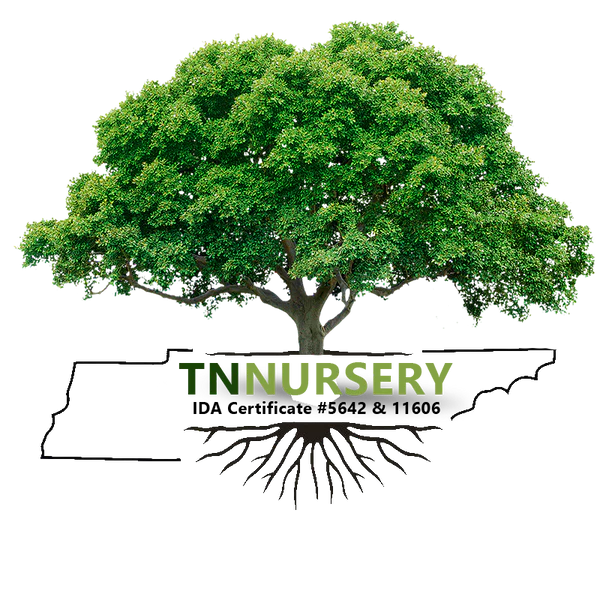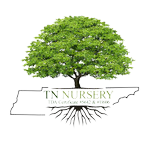Growing plants in wooded areas is not impossible, but there are several environmental factors you should watch out for. If you live in a cabin, then do a thorough job by cleaning the ground of any leaves and bugs. Do some measuring and determine the proper length and width your plant will need to grow correctly. Soil should be rich in nutrients, and leave some earthworms around your garden, so they nurture and enrich the soil.
If you live in a wooded area, you might want to consider a fence or a diminutive form of small enclosure to prevent unwanted animals from reaching your garden. Woodland creatures like rabbits, squirrels, raccoons, and possums are always on the prowl for food. Be on the lookout for mice and rats since they are known to frequent forest areas. Deer are especially fond of leafy greens, so be sure to set up motion lights around your garden if any animal stumbles upon your garden. You may also consider some organic animal repellants to keep small animals away. There are organic repellants that naturally ward off animals through the scent of their most feared predators.
If living in a wooded area, sometimes large trees will block direct sunlight, which can pose a problem to plants that need plenty of sunshine to grow. It may be tricky, but try finding a place where your plants can grow or contact a local tree cutting company to cut away excess branches to let in some sunlight. Cleaning tree limbs is also a good way of avoiding roof damage. Be careful of plants around your garden, like Poison Ivy. Poison Ivy and Oak are known for frequently growing in wooded areas. Because you are closer to nature, protect your garden from unwanted plants and animals.
Mitchell Repens is a very woody-looking plant.


